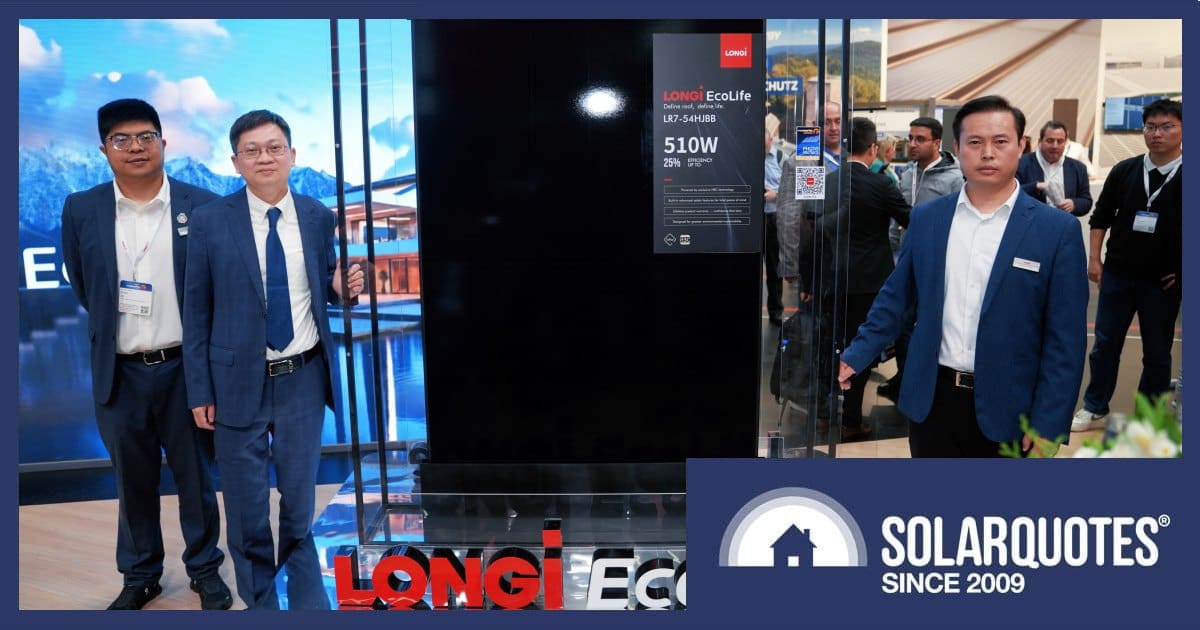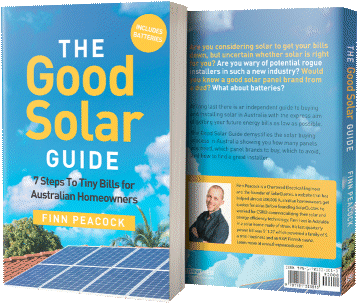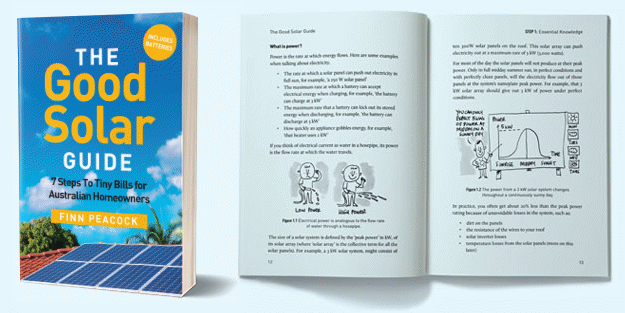
Chinese solar panel manufacturer Longi offered a look at its new line of heterojunction back contact modules boasting up to 510 Watts capacity at Intersolar Europe last week. The EcoLife series still manages to sneak within what would be considered suitable sizing for residential rooftop installations – but only just.
Longi says the EcoLife series represents what is so far the world’s only mass-produced panels combining heterojunction (HJT) and back-contact (BC) technology. Heterojunction cells have multiple layers of different types of silicon, allowing more sunlight to be captured. And as the term suggests, back contact involves all the electrical contacts being located on the rear side of the cell.
Longi EcoLife Series (LR7-54HJD/ LR7-54HJBB) Specs:
- Bifacial
- Front face wattages – 470W – 510W
- Cells: 108 (6×18)
- Dimensions: 1800 × 1134 ×30mm
- Weight: 23.5kg
- Module efficiency: 23% – 25%
- Temperature Coefficient of Pmax: -0.26%/℃ ~ -0.24%/℃
- Double glass (2mm front, 1.6mm back)
- 30-year product warranty and 30- year linear performance warranty allowing for a maximum 1% degradation in the first year, then 0.35% annual rate thereafter.
The difference between the LR7-54HJBB and the LR7-54HJD variants is the former is a full black module up to 505W, while the latter has a silver frame and will be available in capacities up to 510W.
Longi says the EcoLife range of solar panels will be available in Europe in August this year, but there was no mention about availability elsewhere. I’ve contacted the firm to ask if/when they will be available in Australia, and will update this post if that information is forthcoming.
More information on the Longi EcoLife solar panel series can be found here.
Longi’s Australian Love Affair
Longi has been in the solar manufacturing game since 2005 and entered the Australian market in 2017. Their panels quickly became popular here due to being – as SolarQuotes founder Finn puts it – “pretty cheap, pretty damn good”.
For example, SQ’s solar panel comparison table lists the 440W Longi Hi-MO 6 as having an estimated retail price of just $130. But thanks to (unsustainable) competition between manufacturers, there are brands such as Canadian Solar, Jinko, Risen and Trina with similar pricing for the same capacity panels.
As the new EcoLife range is being touted as a premium solution, the pricing per watt will likely work out to be more than the Hi-MO 6 – how much more remains to be seen.
At the time of writing, we’ve had 2,321 ratings in Longi solar panel reviews from Australian customers; averaging 4.9 stars overall and 5 stars in the last 12 months.
But while Australian households generally seem smitten with Longi gear, installers’ views of the brand don’t appear to quite match that vibe. In the SolarQuotes Installers Choice Awards for the best solar panels in 2025, Longi was absent from the winner’s podium again – ranking number 6.
A Tough 2024, Challenging Q1 2025
Harking back to the unsustainable pricing war mentioned, Longi recently reported a net loss in 2024 of CNY 8.62 billion, down from a profit of CNY 10.75 billion in 2023. The company shipped 82.32GW of cells and modules last year compared to 74.32GW in 2023. Longi’s earnings results for the first quarter ended March 31, 2025 indicated sales of CNY 13,652.47 million compared to CNY 17,673.59 million for the same quarter last year.
ESG Progress
In the company’s investor presentation for 2024 and Q1 2025, Longi noted solid progress on its ESG (Environmental, Social, and Governance) efforts, with the proportion of renewable electricity used by the firm increasing from 31.10% in 2023 to 47.50% in 2024. Longi committed to using 100% renewable electricity across its global operations by 2028 back in 2020.
In terms of Scope 3 carbon emissions reduction, the firm had set a 2030 target of 52% based on 2020, and last year it reached 41.20% reduction. As for water consumption per unit, Longi set a reduction target of 13.80% less last year compared to 2023, but managed to achieve a 24.8% reduction in 2024.

 RSS - Posts
RSS - Posts



So, …
510/(1.8*1.13) = 250 (approx)
That is 250W per square metre.
Now, if they made available, 1m x 1m panels with 250W capacity, depending on the pricing, they could take over the market (until someone does better with 1m x 1m panels)…
Think of all of the hip roofs that could produce significantly more electricity from such a move…